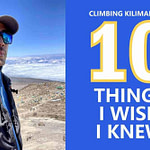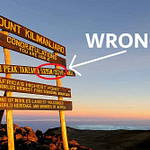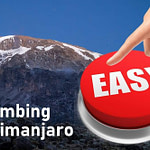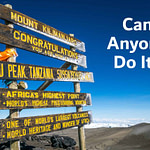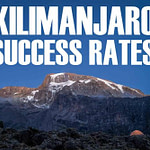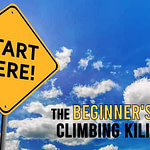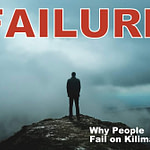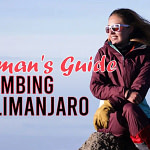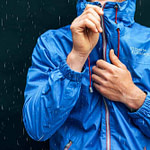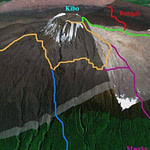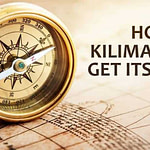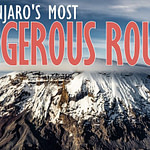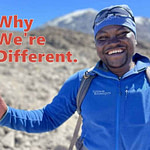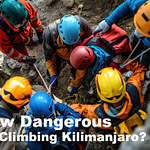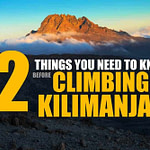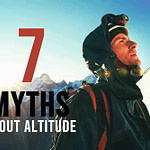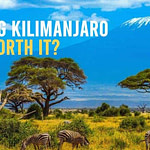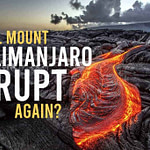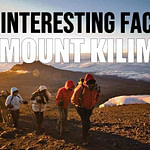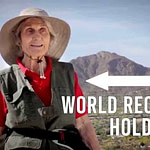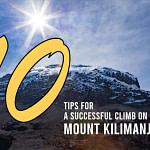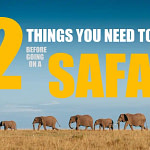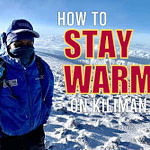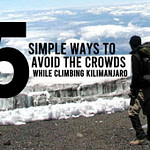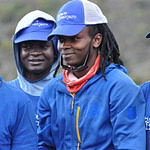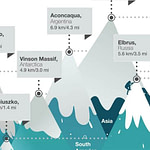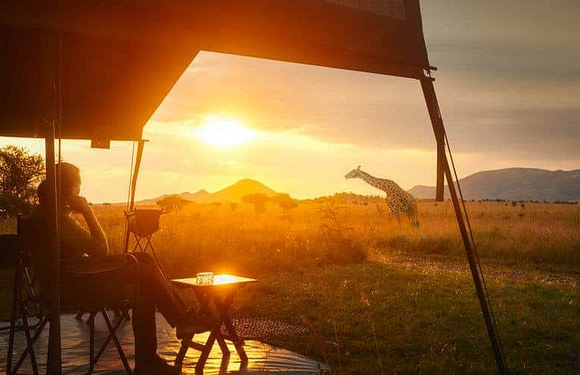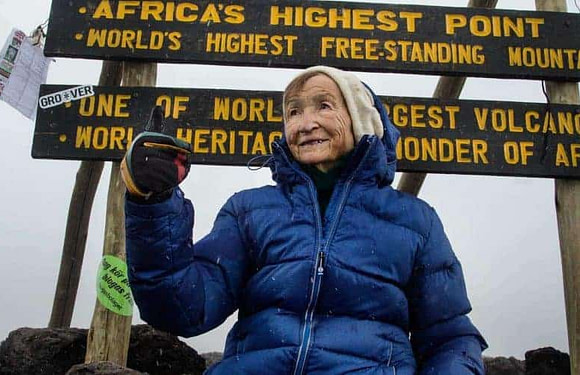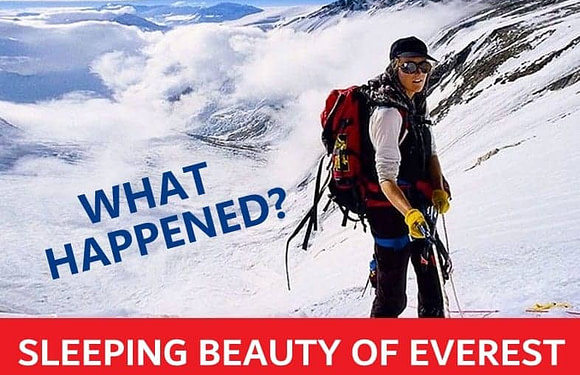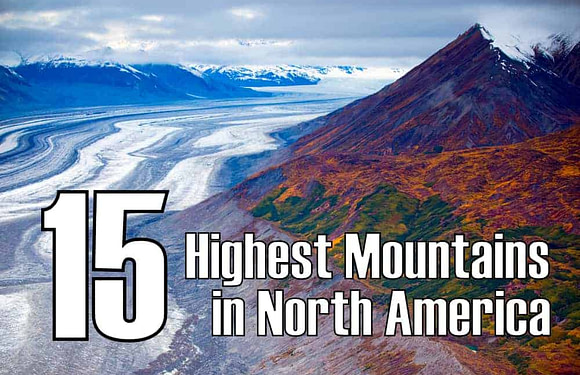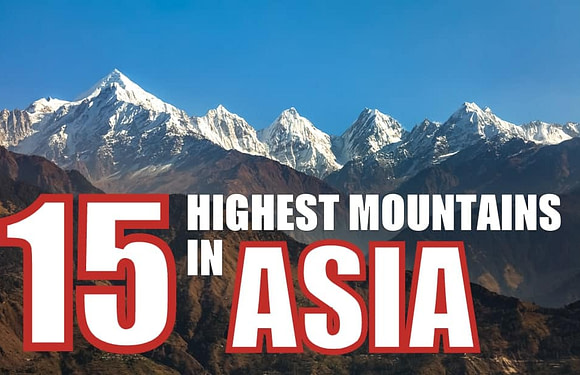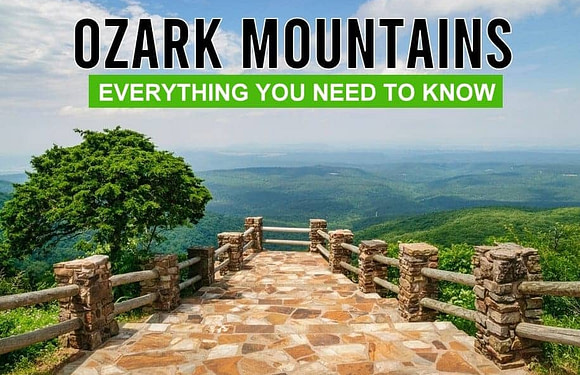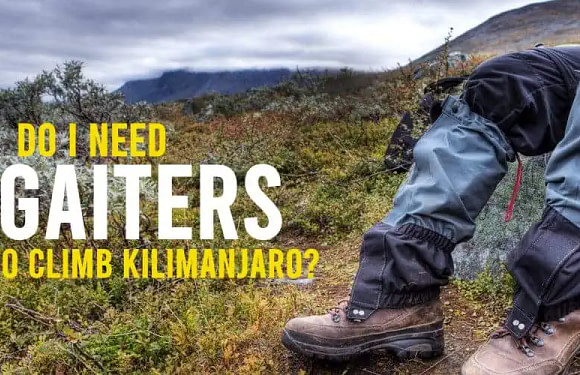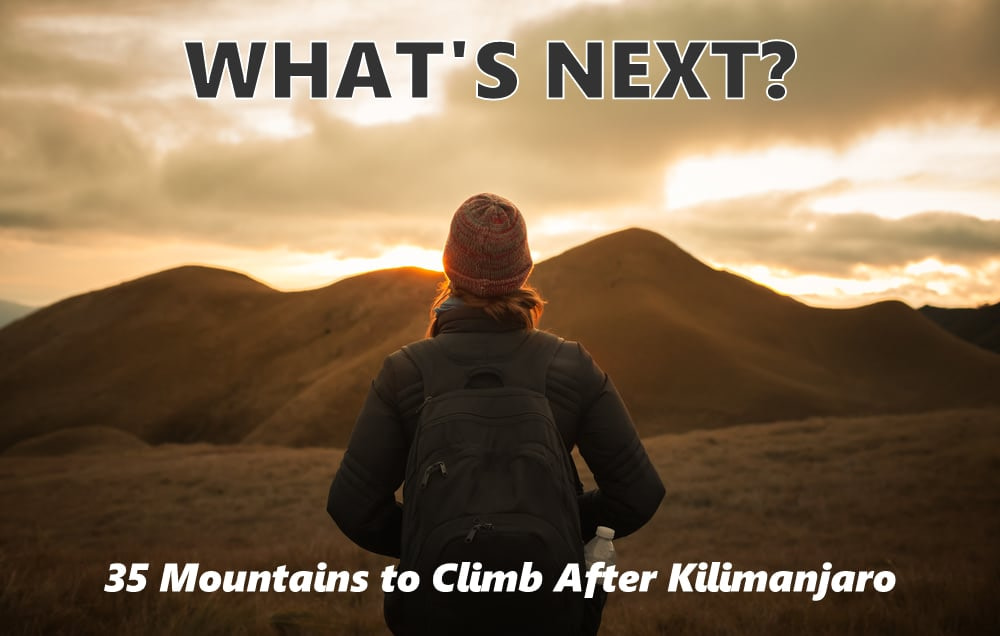
Climbing Kilimanjaro changes people. It opens a door.
For many, it’s the first taste of real adventure. Standing at the summit proves they can accomplish hard things. After the success, they look for more challenges and ask the question: what’s next?
There are many possibilities. Some climbers chase higher altitude and tackle the Seven Summits, using Kilimanjaro as a springboard. Others start building alpine skills through technical climbs, learning to use crampons, ice axes, and ropes. Many take on other classic treks, long-distance hikes in the world’s most famous destinations. And for those staying closer to home, regional hikes in the U.S., Europe, Canada, and Oceania will add outdoor experience to your resume.
These are the best next steps, building on what Kilimanjaro started. No matter the path, every option here makes sense for someone who’s summited Kilimanjaro. All deliver meaningful progression.
Seven Summits
You’ve already proven you can handle extreme altitude. Now it’s time to raise the stakes. The Seven Summits progression pushes you a little harder each time. Here are the peaks to learn glacier travel, route planning, and camp management in real conditions, but without serious exposure or commitment.
1. Mount Elbrus, Russia (8–10 days)
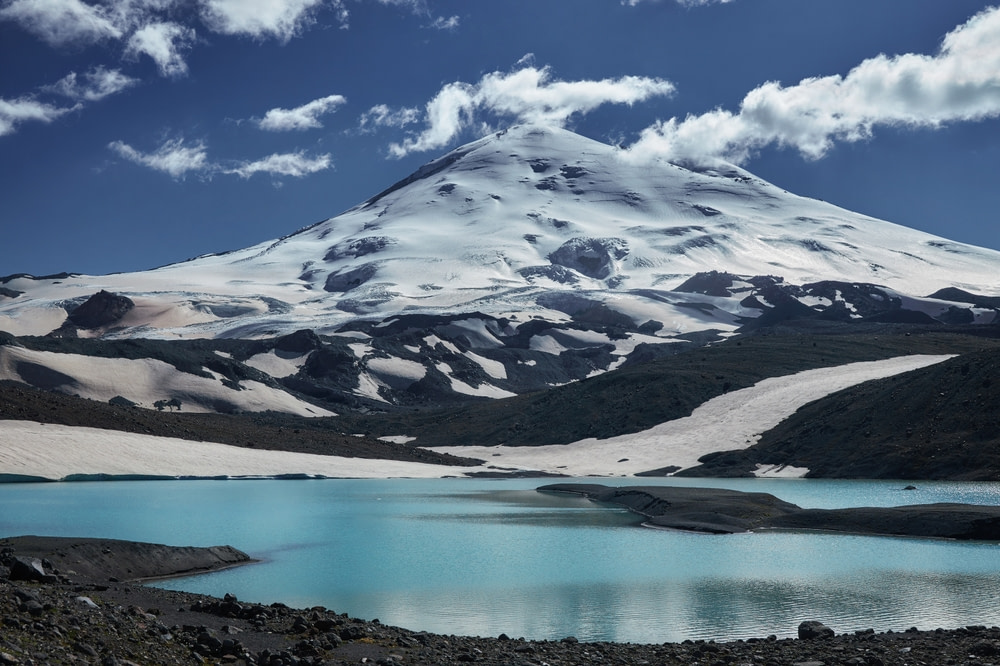
At 18,510 ft (5,642 m), Europe’s highest peak is a glaciated dome. Elbrus is a technical but straighforward climb. Objective hazards include steep icy slopes, glacier navigation, and high altitude. Snowcat support reduces the approach, but summit day includes rope teams, crampons, and fixed lines. A solid next step for those looking to build confidence with ice axe use and cold weather performance.
2. Aconcagua, Argentina (18–21 days)
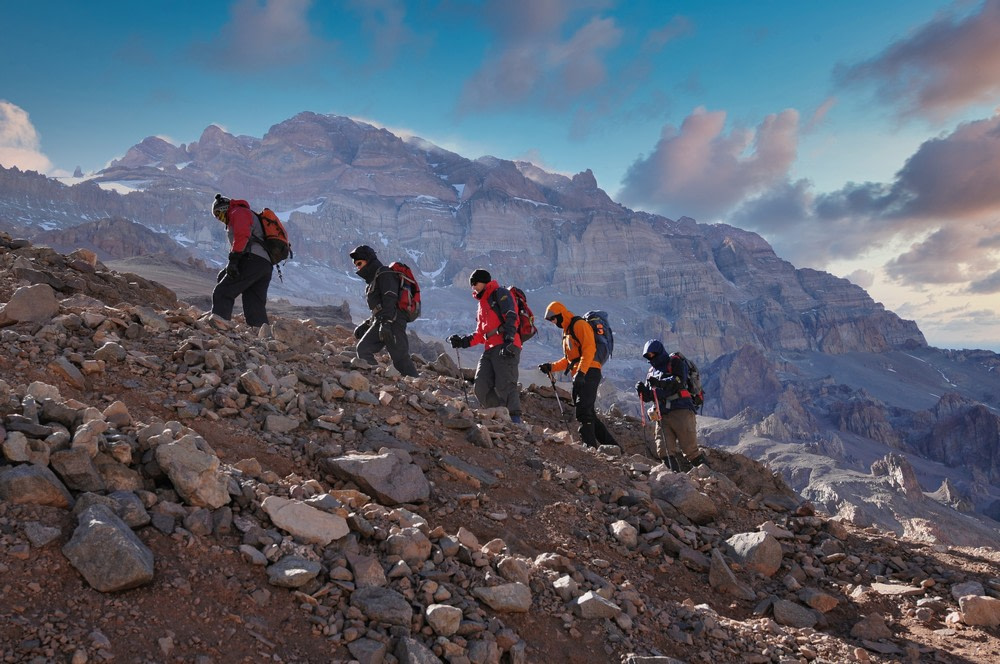
At 22,838 ft (6,961 m), it’s the highest mountain outside of Asia. No technical climbing on the normal route, but the altitude, wind, and long carries make it a serious undertaking that should not be underestimated. Aconcagua is a true expedition that tests endurance, cold tolerance, and decision-making in extreme conditions.
Technical Peaks
These peaks add light technical elements without overwhelming risk. You’ll rope up, wear crampons, and climb pre-dawn snow slopes, often with guides managing safety while teaching you the basics. Each mountain introduces key alpine skills: glacier travel, fixed lines, cold weather management, and steady pacing on steep terrain. They’re high enough to feel serious but accessible enough for those still building experience.
3. Mount Rainier, USA (3–5 days)
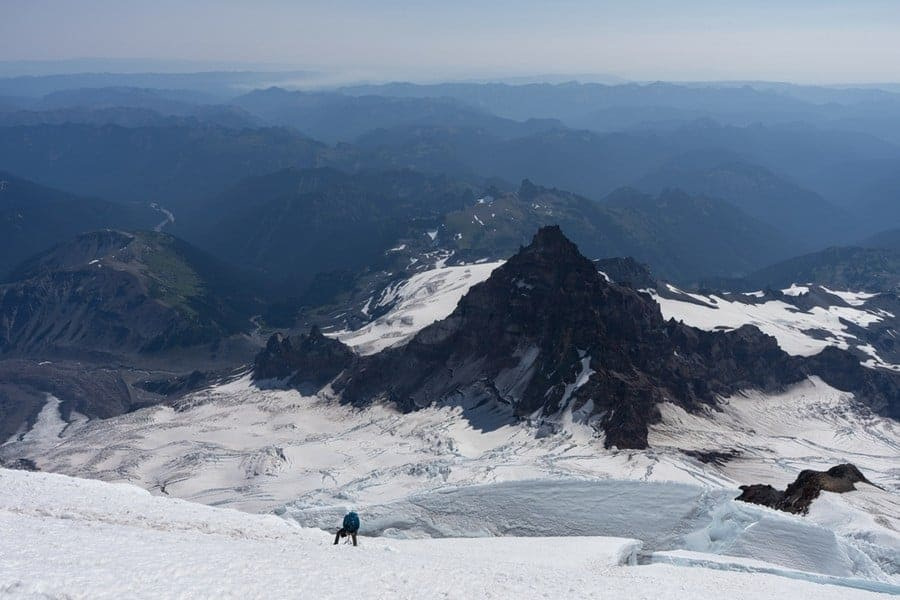
A heavily glaciated peak rising to 14,411 ft (4,392 m), Rainier is a classic North American training ground for alpine climbing. Expect rope teams, crevasse navigation, steep snow, and icy summit conditions. It’s a guided favorite for those building technical skills for bigger objectives.
4. Pico de Orizaba, Mexico (3–5 days)
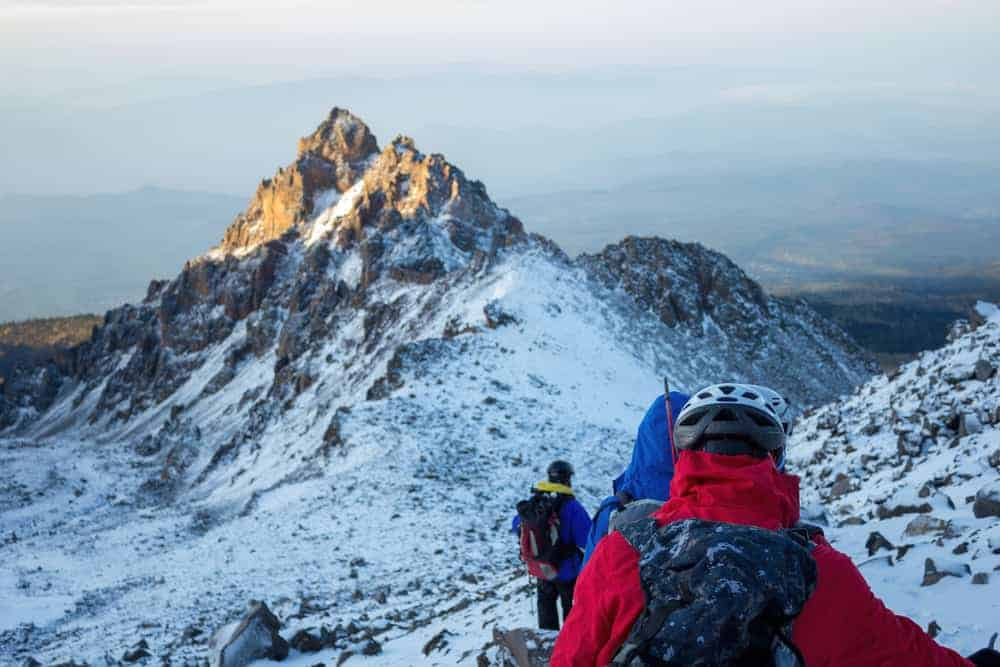
At 18,491 ft (5,636 m), it’s the tallest peak in Mexico and the third highest in North America. The Jamapa Glacier route offers non-technical snow climbing with crampons and ice axe. Direct access from the U.S., simple logistics, and guided support make it a practical first high-altitude glacier climb.
5. Cotopaxi, Ecuador (5–7 days)
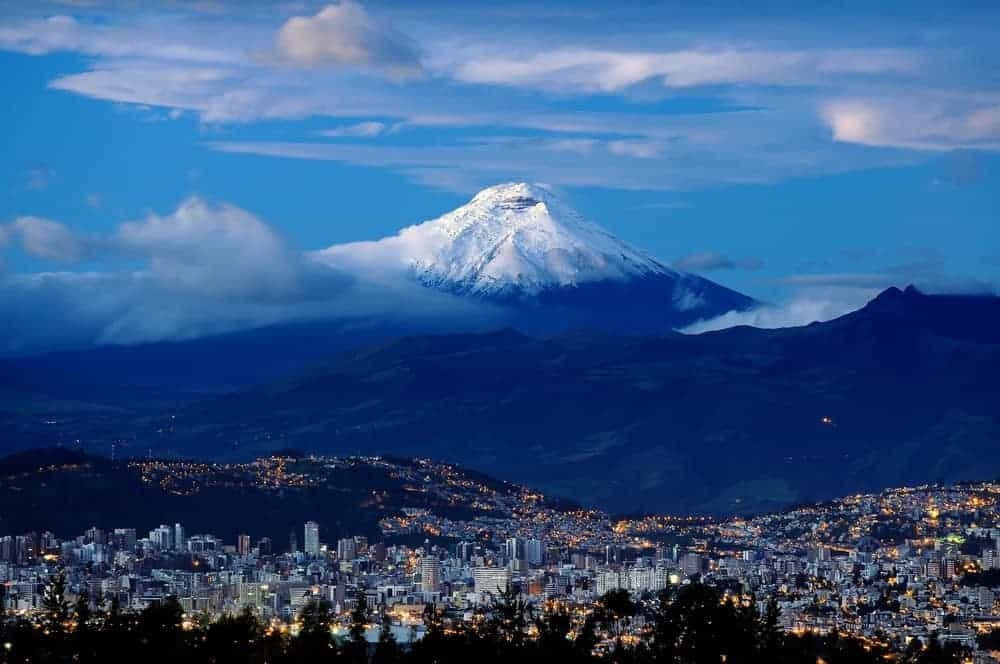
One of the world’s most frequently climbed glaciated volcanoes at 19,347 ft (5,897 m). The route follows a broad, icy cone requiring crampons, rope travel, and a pre-dawn summit push. Its proximity to Quito, strong guiding infrastructure, and steady slope make it a go-to objective for aspiring mountaineers.
6. Huayna Potosí, Bolivia (3–4 days)
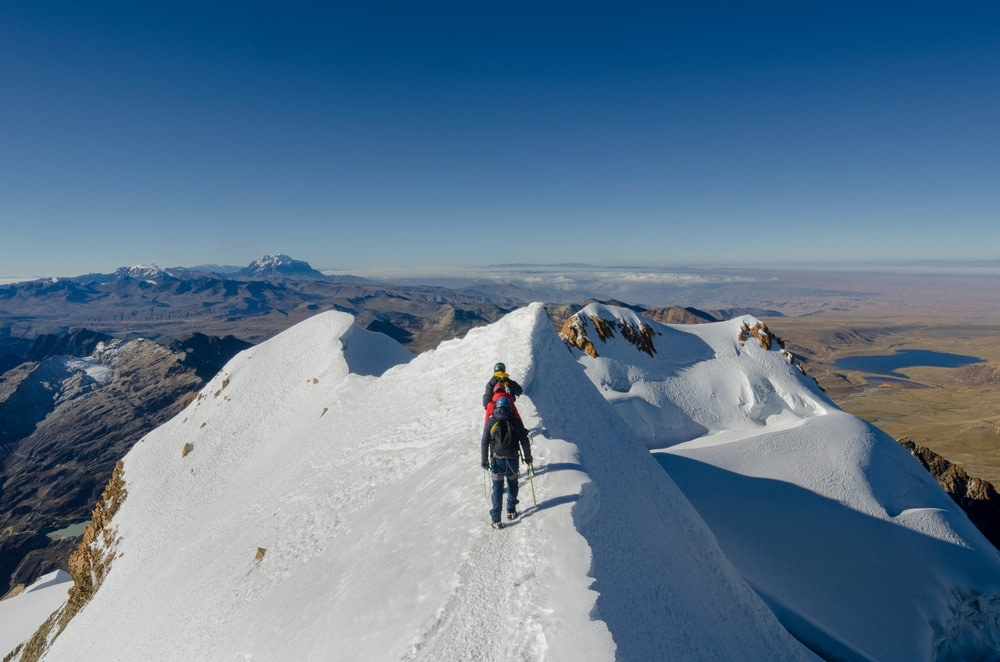
At 19,974 ft (6,088 m), this is one of the most accessible 6,000-meter peaks in the world. Climbers use crampons, ice axe, and ropes to ascend its glaciated slopes. A popular choice for first-time mountaineers wanting real alpine experience without a full expedition.
7. Mount Kazbek, Georgia (5–7 days)
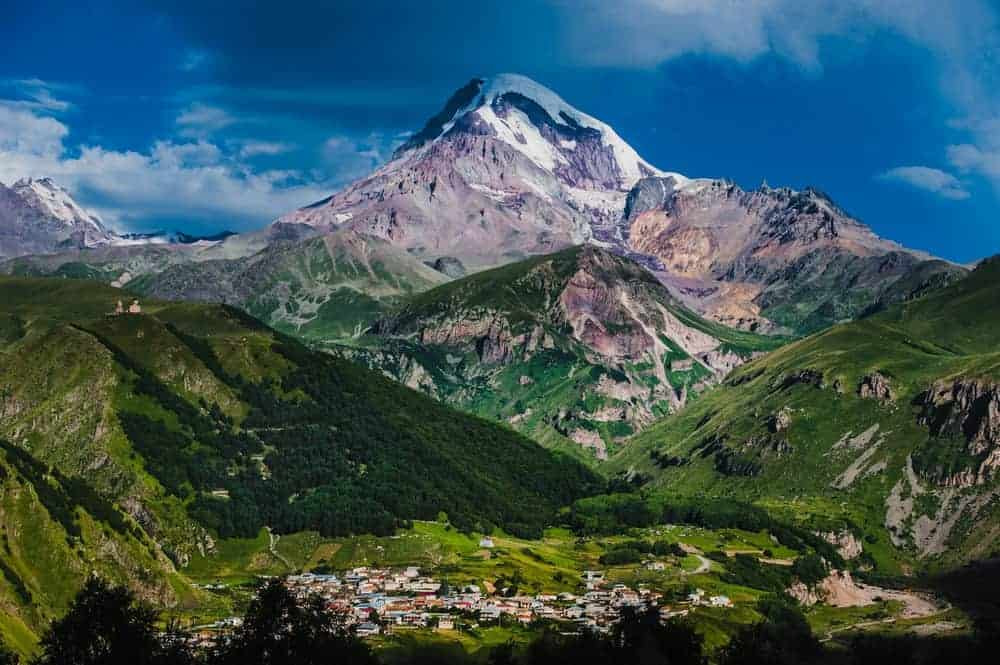
At 16,512 ft (5,033 m), Kazbek is a glaciated peak in the Caucasus with stunning views and moderate technical demands. Rope travel and crampons are required, but the route is straightforward by alpine standards.
8. Mont Blanc, France/Italy (3–5 days)
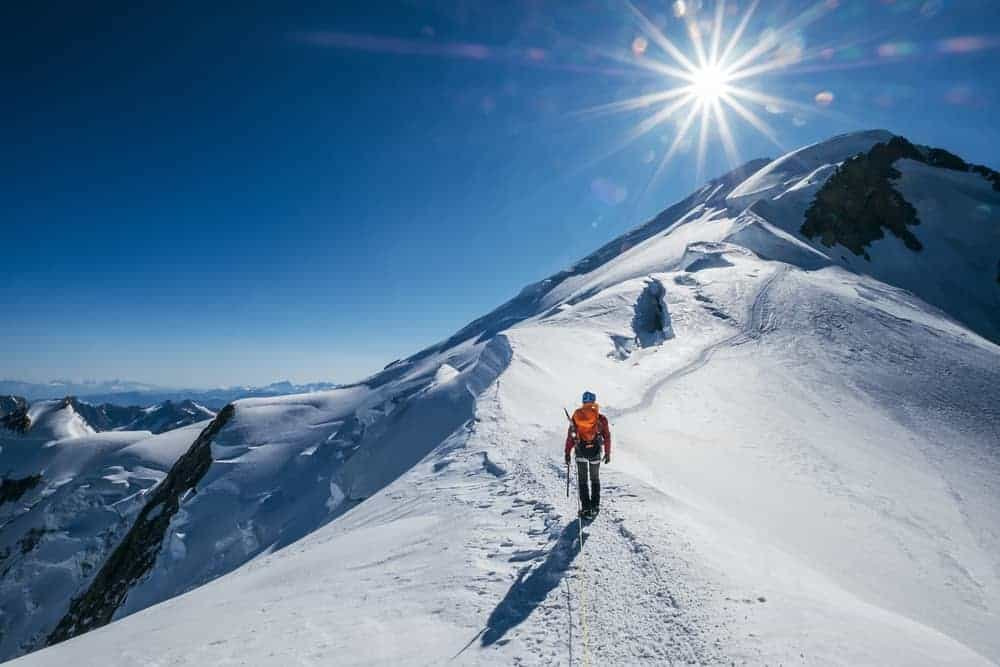
At 15,774 ft (4,808 m), it’s Western Europe’s highest peak and a real mountaineering objective. Requires rope travel, crampons, and ice axe skills on glaciated terrain. Often preceded by a warm-up climb like Gran Paradiso.
9. Gran Paradiso, Italy (2–3 days)
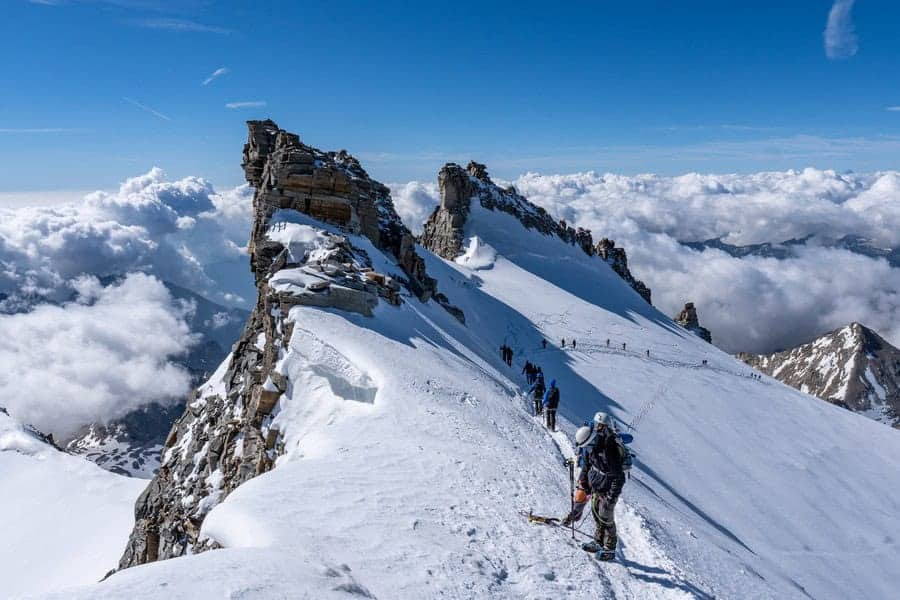
At 13,323 ft (4,061 m), it’s Italy’s highest peak entirely within the country. Non-technical glacier travel with rope teams. Often used as a Mont Blanc warm-up. Excellent first summit with real alpine elements.
Classic Treks
Not every adventure has to chase altitude. Some of the world’s best hikes keep you lower but deliver big scenery, cultural immersion, and the satisfaction of covering real ground on foot. These classic treks take you through mountains, valleys, and remote villages over several days. You can’t go wrong on these bucket list hikes.
10. Inca Trail, Peru (4 days)
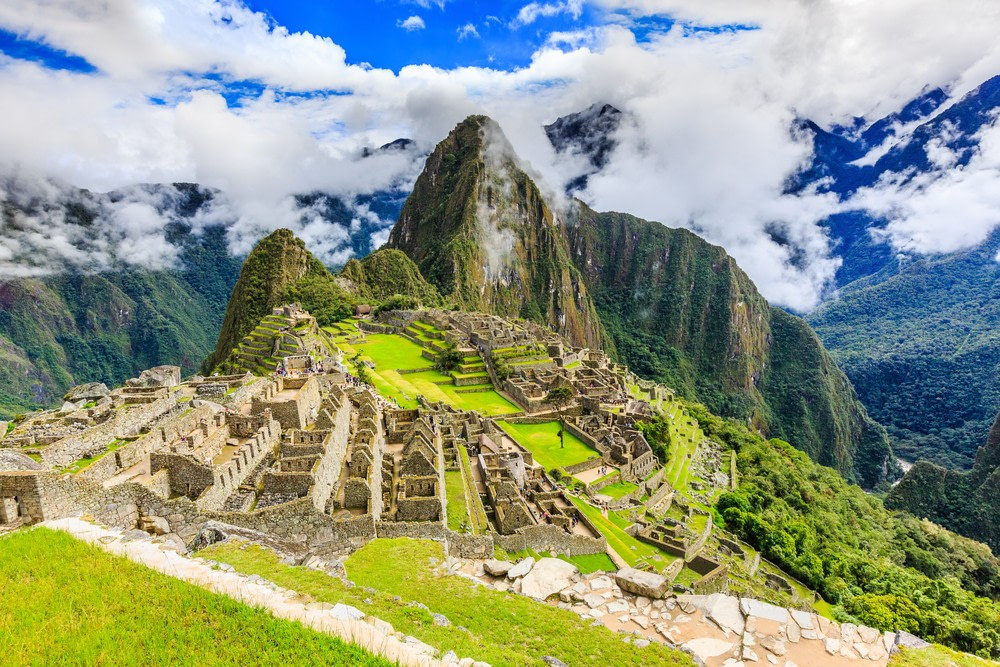
This 26 mile (42 km) trek winds through cloud forest, alpine passes, and ancient Inca sites. The trail’s stone steps and high passes culminate in a sunrise arrival at Machu Picchu – the Lost City of the Incas. Permits required and spaces fill fast.
11. W Trek, Chile (5 days)
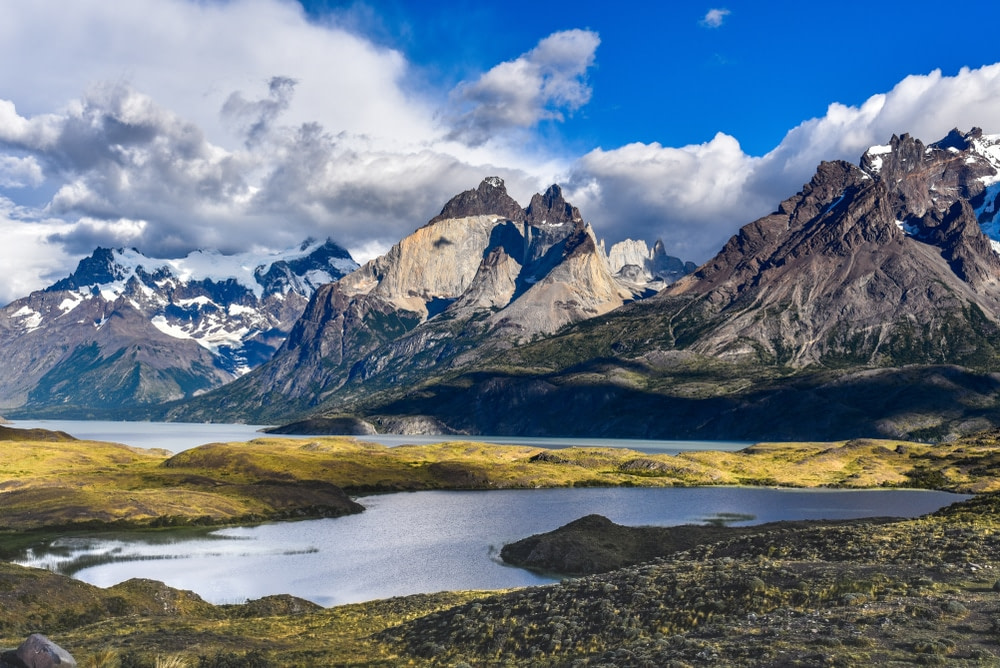
A 50 mile (80 km) route through southern Patagonia’s most iconic landscapes. Expect relentless wind, granite towers, hanging glaciers, and vivid glacial lakes. Refugios and campsites support hikers along the way. One of South America’s most popular and scenic multi-day hikes.
12. Tour du Mont Blanc, Alps (10–12 days)
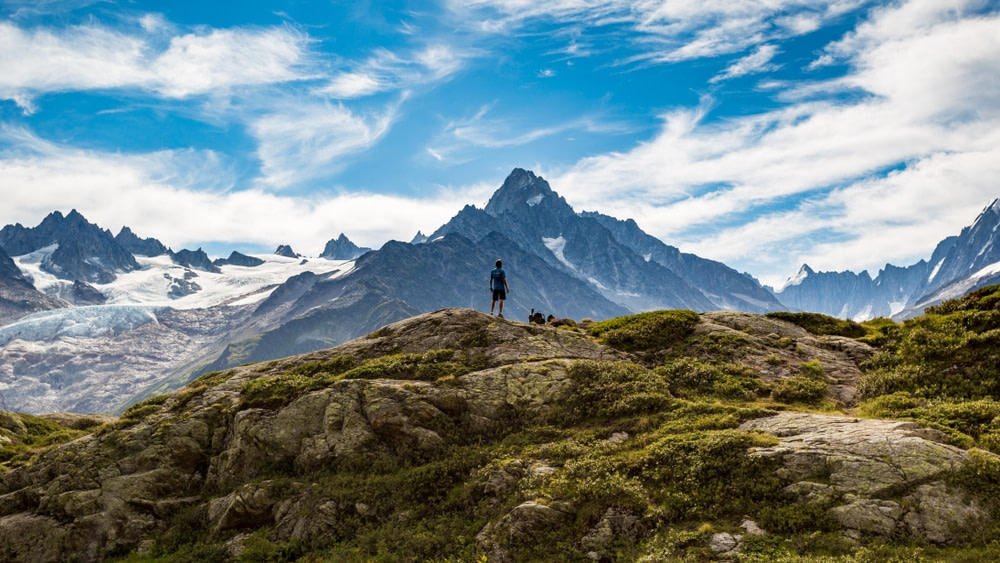
A 105 mile (170 km) circuit around Mont Blanc, crossing alpine passes, glacial valleys, and three countries. Well-supported with huts, inns, and cafés – perfect for hikers who want big scenery with a touch of comfort. A world-class classic.
13. Everest Base Camp, Nepal (12–14 days)
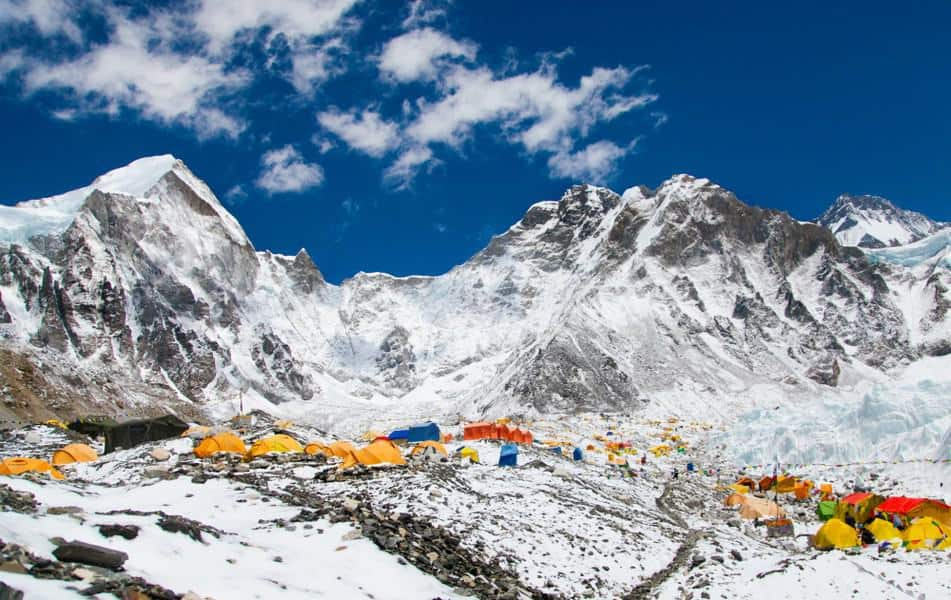
A high-altitude lodge-to-lodge trek through the heart of the Khumbu. At 17,600 ft (5,364 m), the trail reaches the foot of the world’s tallest mountain. Expect prayer flags, hanging bridges, and daily immersion in Sherpa culture. A bucket-list trek that blends altitude with cultural depth.
14. Laugavegur Trail, Iceland (4–6 days)
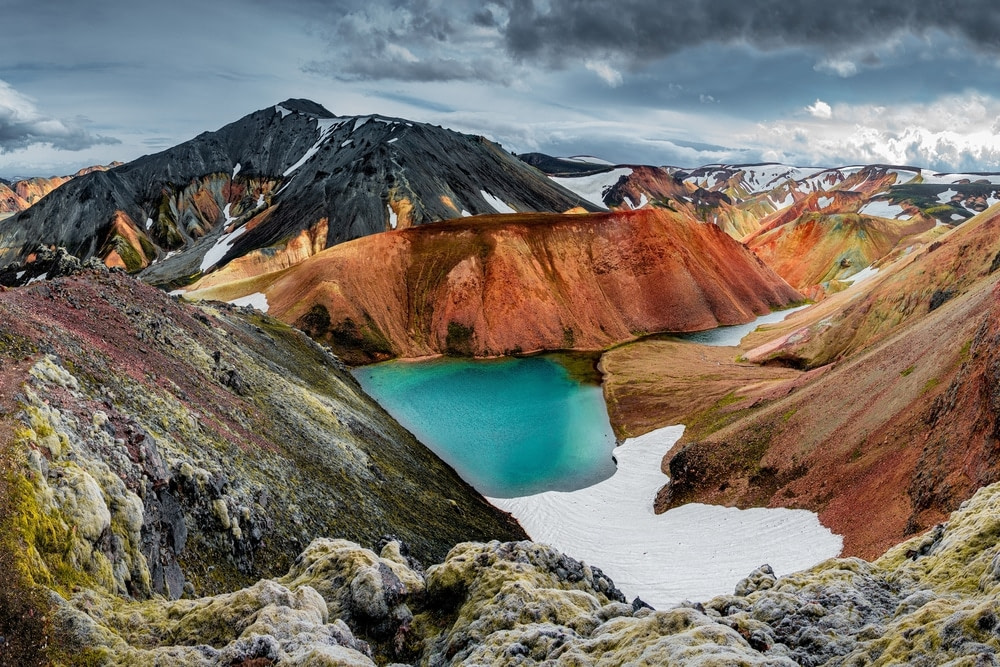
A 34 mile (55 km) trek through one of the most surreal landscapes on Earth. You’ll hike past steaming vents, lava fields, glaciers, and multi-colored rhyolite mountains. Well-marked and hut-supported, it’s Iceland’s premier multi-day trail.
15. Annapurna Base Camp, Nepal (7–10 days)
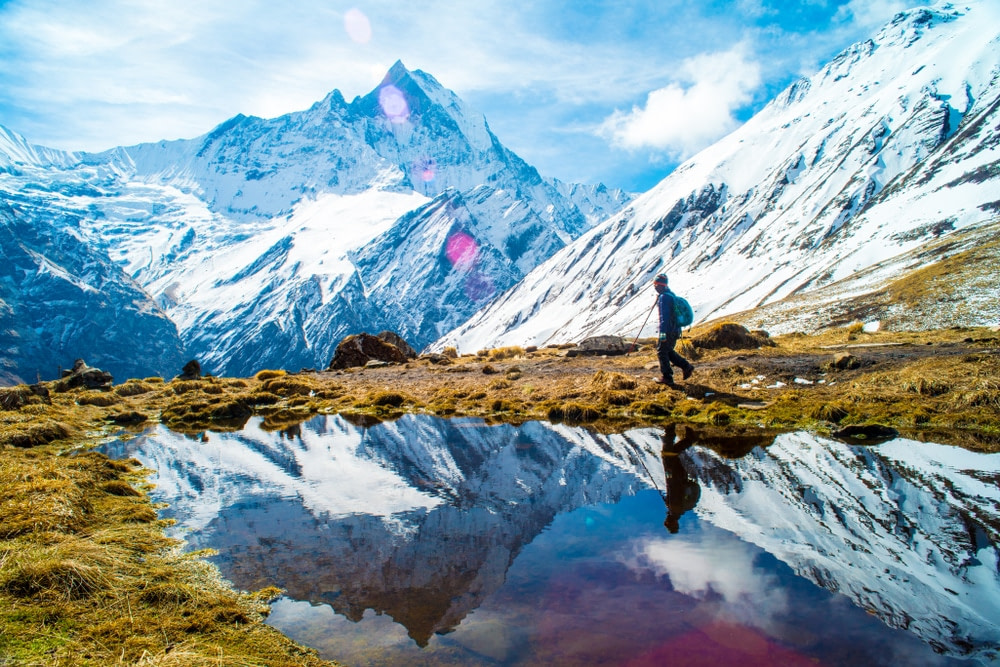
A 70 mile (113 km) round-trip trek into the heart of the Annapurna Sanctuary. Climbs to 13,550 ft (4,130 m) through terraced hills and glacier-carved valleys. Less altitude than Everest Base Camp but still a serious multi-day effort.
African Peaks
These mountains deliver adventure with minimal travel time from Kilimanjaro hubs. They’re wild, scenic, and still accessible. This list is for people who love Africa. You’ll see wildlife on the trail, meet local communities, and experience climbs that feel raw and personal. With fewer crowds, lighter packs, and milder weather, these peaks let you keep exploring without starting over.
16. Mount Kenya, Kenya (4–5 days)
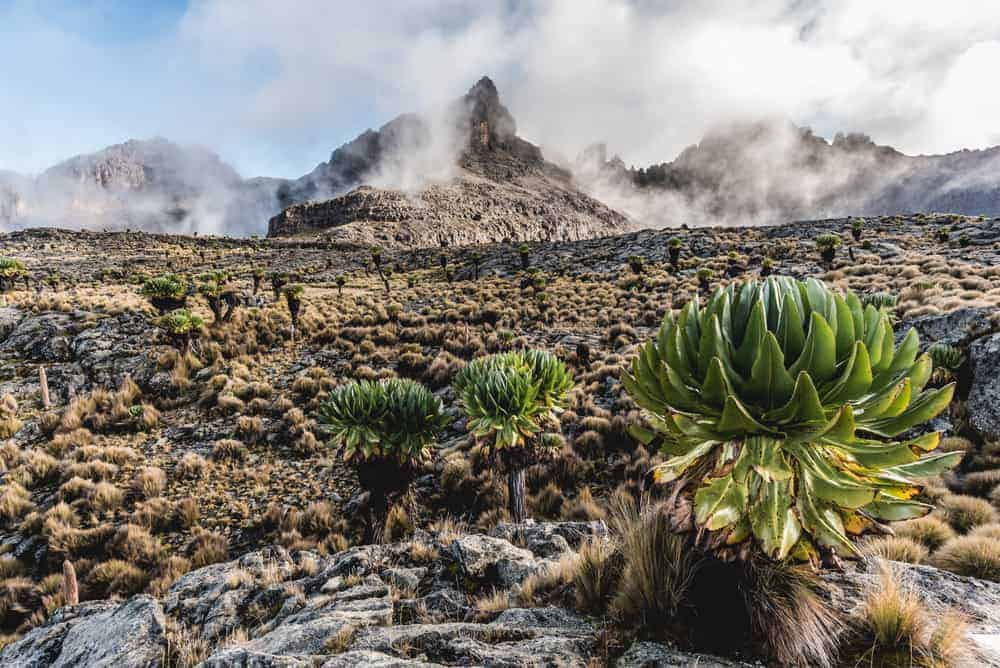
Point Lenana, at 17,057 ft (5,199 m), is the non-technical trekking summit of Africa’s second-highest mountain. The route climbs through moorland, alpine lakes, and giant lobelia groves, with sharp views of the dramatic rock spires of Batian and Nelion overhead. Far less crowded than Kilimanjaro.
17. Margherita Peak, Uganda (8–10 days)
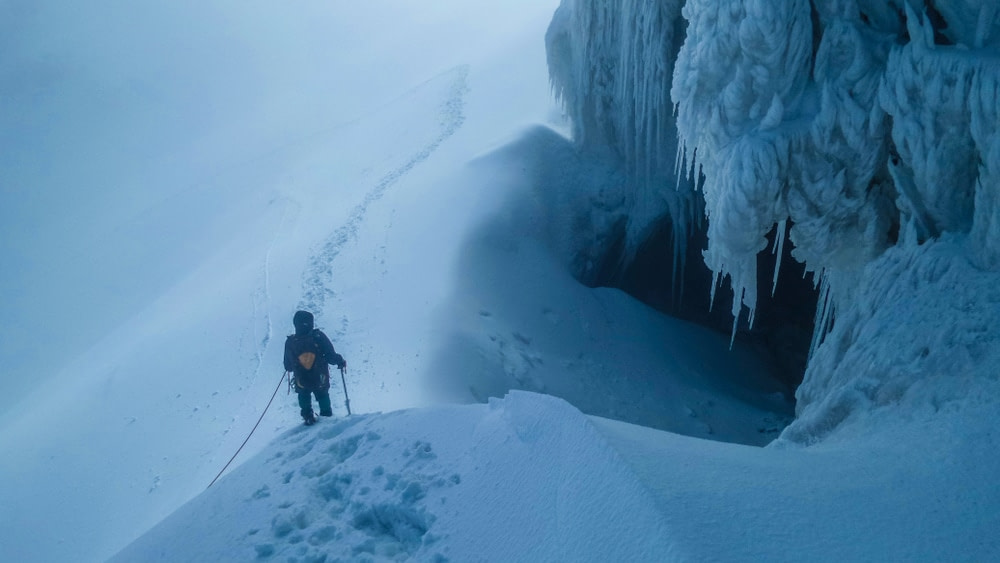
Africa’s third-highest summit at 16,763 ft (5,109 m), reached via deep mud, jungle, and glaciated alpine terrain. Fixed ropes, crampons, and ice axes required – this is a serious, remote climb with real technical elements.
18. Mount Meru, Tanzania (3–4 days)
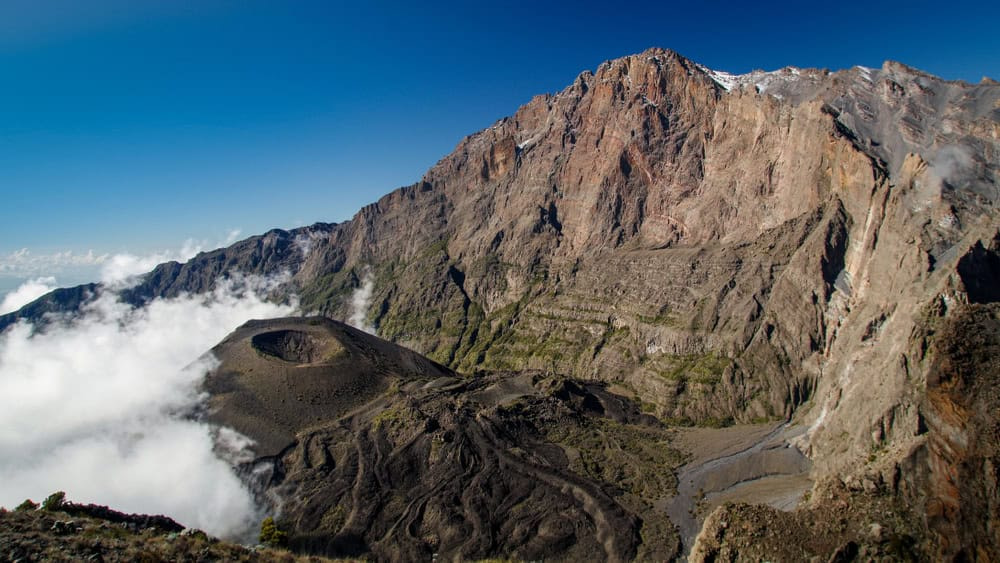
Often overlooked, Mount Meru is a high-altitude trek, not a technical climb. The trail winds through Arusha National Park, where hikers often spot giraffes, buffalo, and monkeys right from the path. Ideal for acclimatization or as a standalone hike with big rewards.
19. Ras Dashen, Ethiopia (4–5 days)
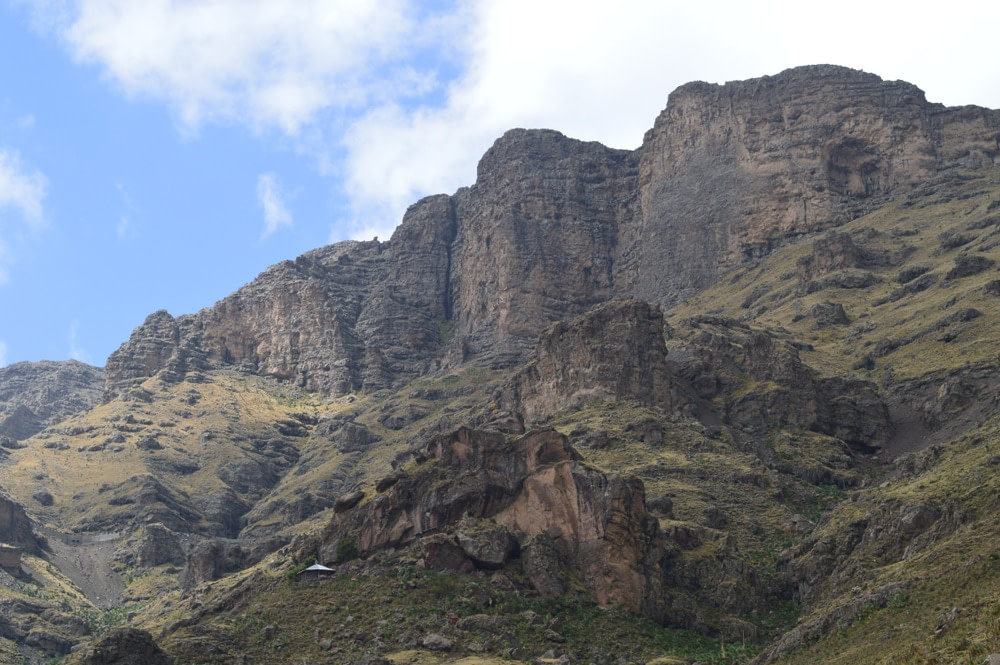
The highest peak in Ethiopia, reached by hiking across the rugged Simien Mountains. At 14,928 ft (4,550 m), it’s a high-altitude trek that delivers both scenery and cultural immersion without technical difficulty.
20. Drakensberg Grand Traverse, South Africa–Lesotho (10–14 days)
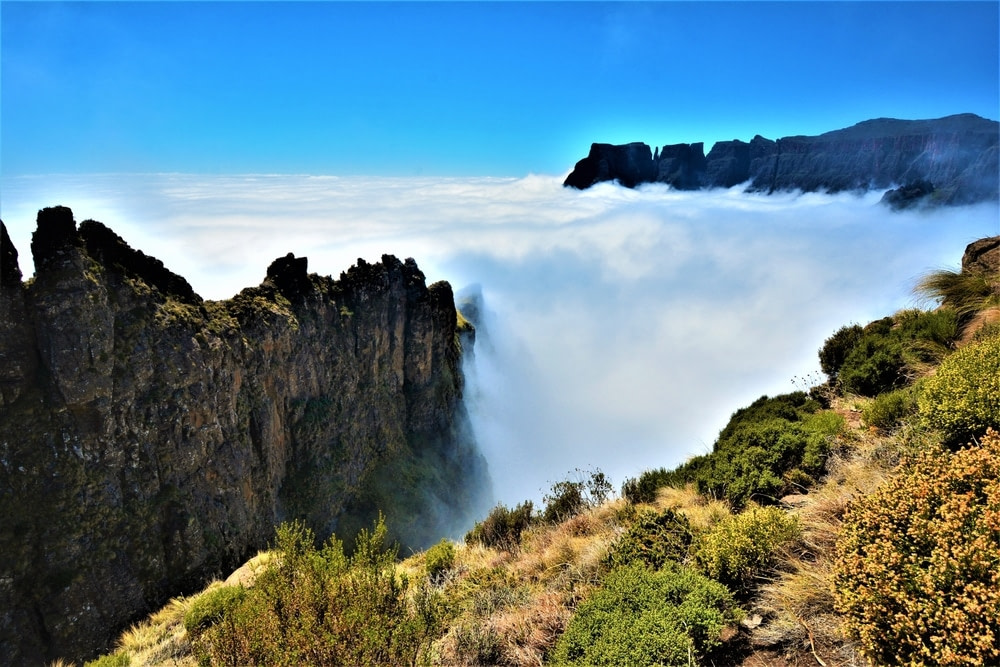
A demanding 136 mile (220 km) route across the Drakensberg escarpment. There’s no marked trail, just remote terrain, dramatic views, and full independence. For experienced trekkers seeking isolation and altitude without alpine conditions.
Hikes in the United States
After Kilimanjaro, many hikers want more but not necessarily harder. These classic U.S. trails offer beauty, challenge, and adventure without the need for technical skills. Some are day hikes, others take a few days, but all are popular and accessible. Expect marked trails, varied terrain, and unforgettable views.
21. Grand Canyon Rim-to-Rim, Arizona (1 day)
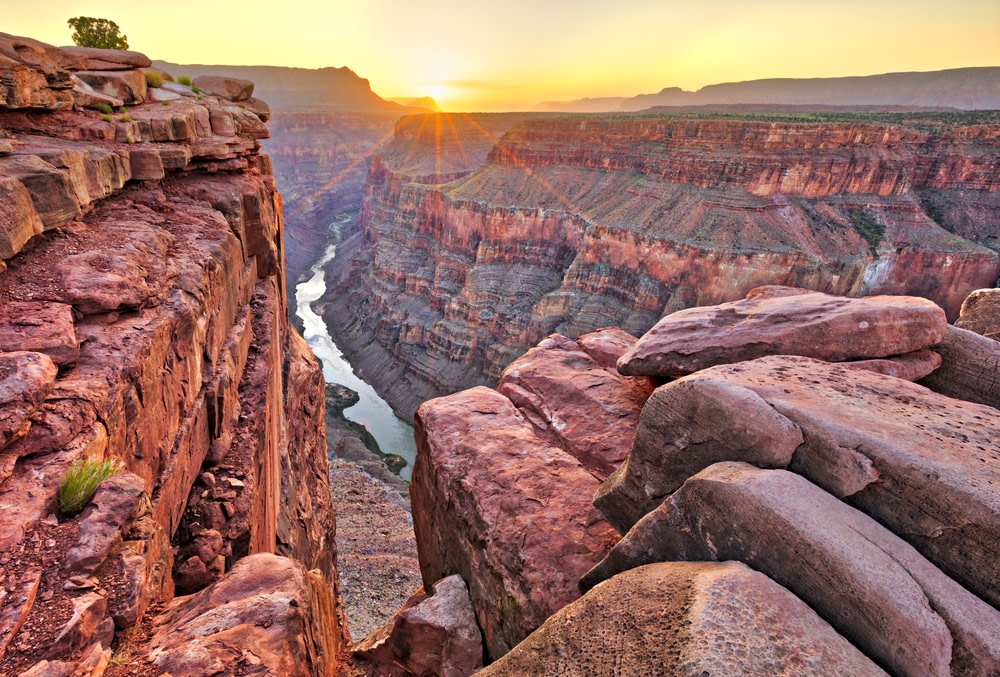
A 24 mile (39 km) hike with 10,500 ft (3,200 m) of cumulative elevation change. One of the most physically demanding and visually dramatic hikes in the United States. Best done with careful planning and proper heat management.
22. Half Dome, California (1 day)
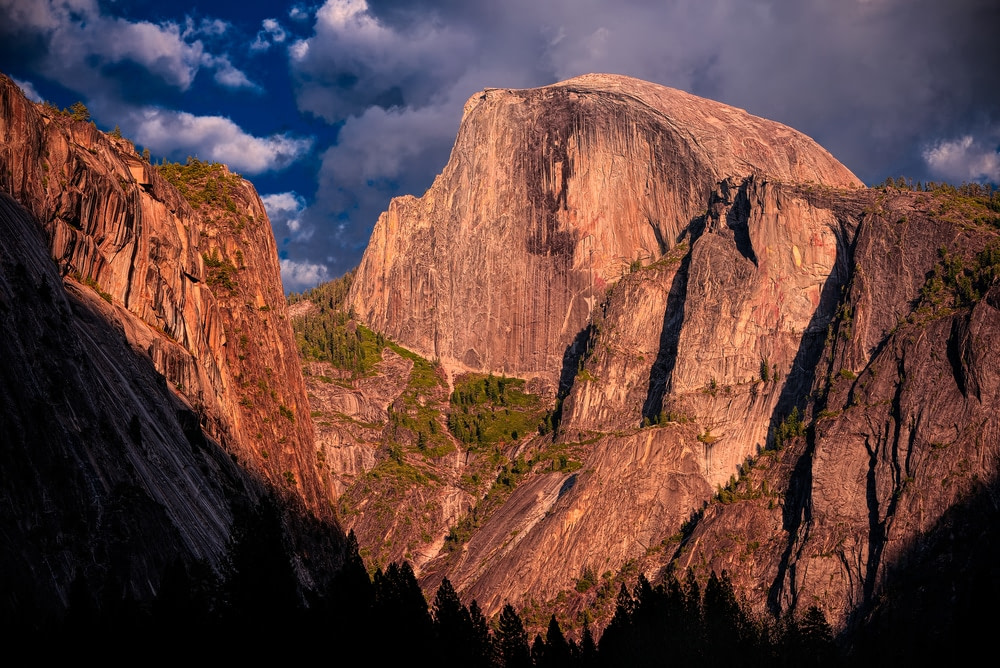
A steep, 14 mile (23 km) round trip with nearly 4,800 ft (1,460 m) of gain. The final ascent uses fixed cables to climb the polished granite dome. It’s Yosemite’s signature hike – strenuous, exposed, and unforgettable. Permits are required and highly competitive.
23. Mount Whitney, California (1 day)
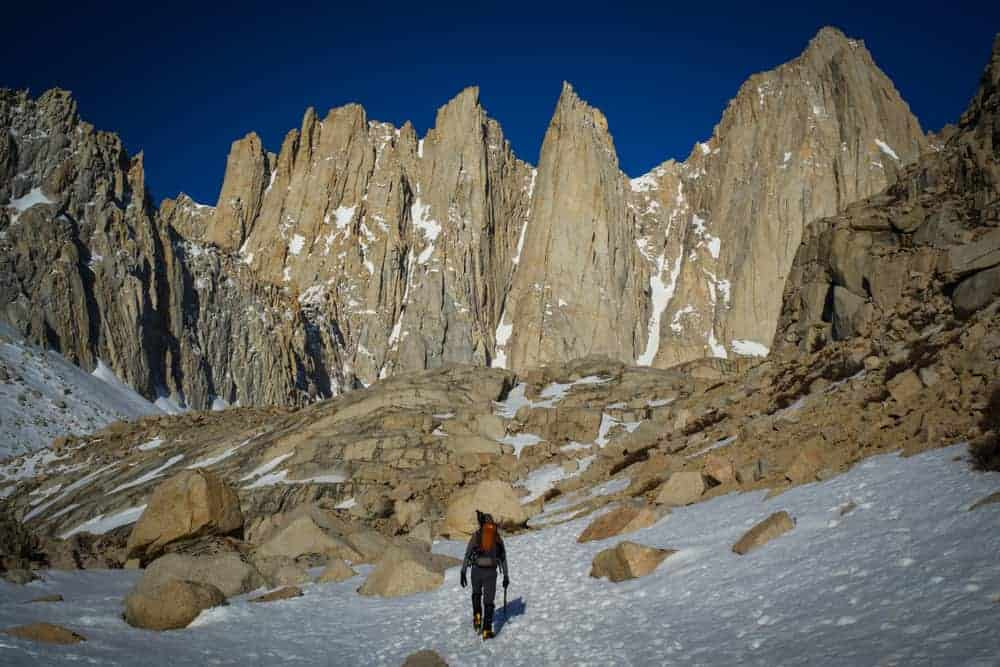
At 14,505 ft (4,421 m), it’s the highest summit in the continental United States. The standard route is non-technical but long, with over 6,100 ft (1,860 m) of elevation gain. Permits are required , and altitude, weather, and endurance all demand serious preparation.
24. Four Pass Loop, Colorado (3–4 days)
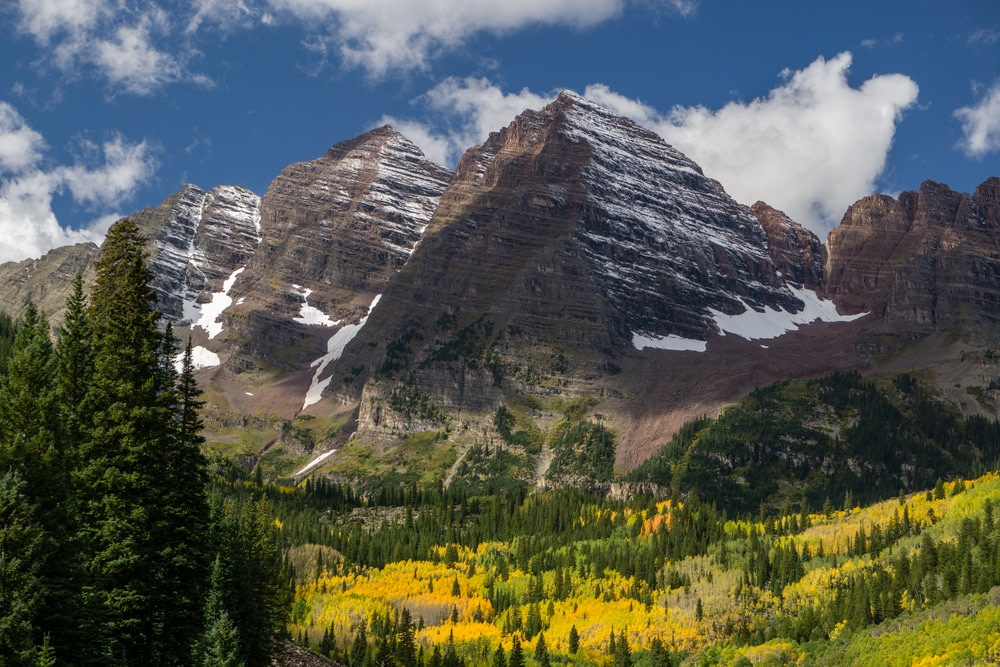
A 28 mile (45 km) circuit that climbs over four passes above 12,000 ft (3,660 m) in the heart of the Maroon Bells-Snowmass Wilderness. Known for wildflowers, alpine lakes, and nonstop views, it’s one of Colorado’s most scenic and challenging backpacking routes.
25. The Teton Crest Trail, Wyoming (4–6 days)
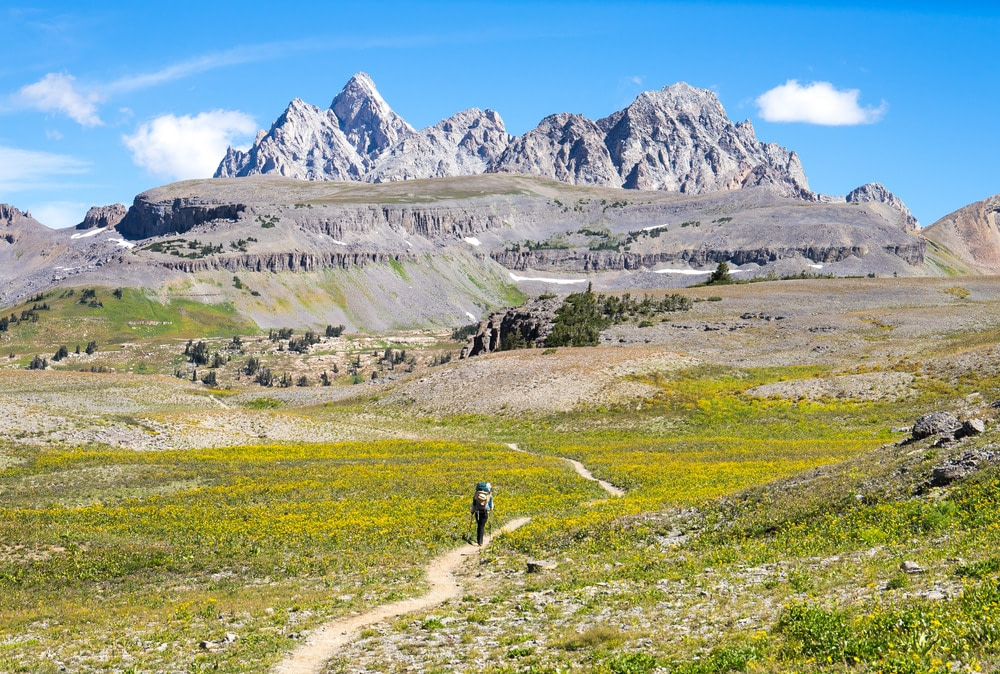
A 40 mile (64 km) traverse through Grand Teton National Park, crossing high passes and skirting alpine lakes beneath dramatic granite peaks. Remote and rugged, this trail offers some of the best mountain scenery in the lower 48. A strong step up for hikers building multi-day endurance.
26. The Wonderland Trail, Washington (9–13 days)
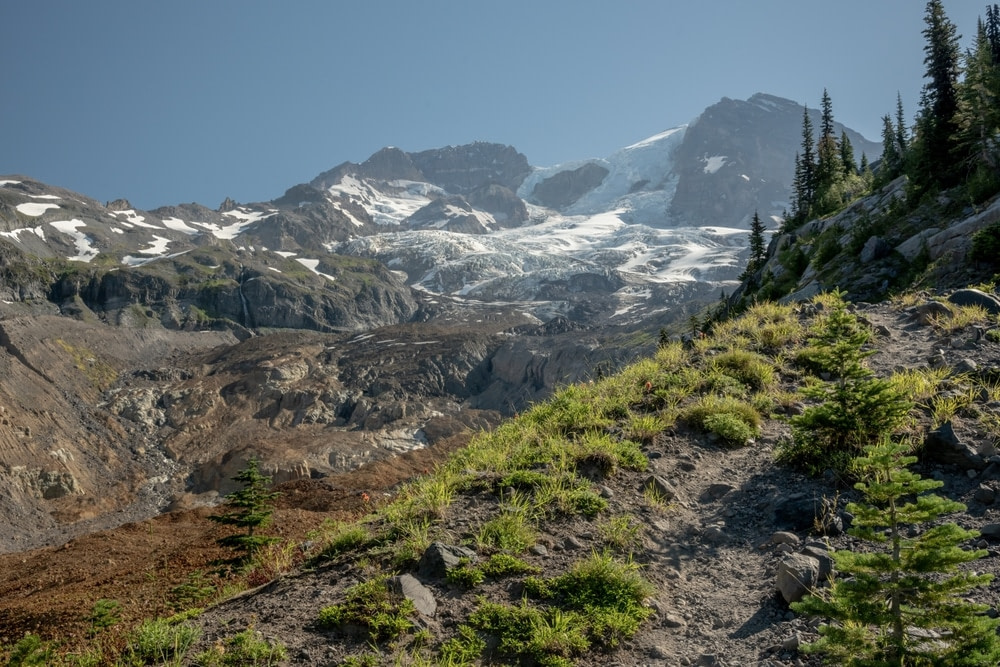
A 93 mile (150 km) loop encircling Mount Rainier. The route climbs and descends relentlessly through alpine meadows, glacial valleys, and old-growth forest. Requires permits and solid conditioning. One of the most complete and scenic multi-day treks in the U.S.
27. High Sierra Trail, California (6–8 days)
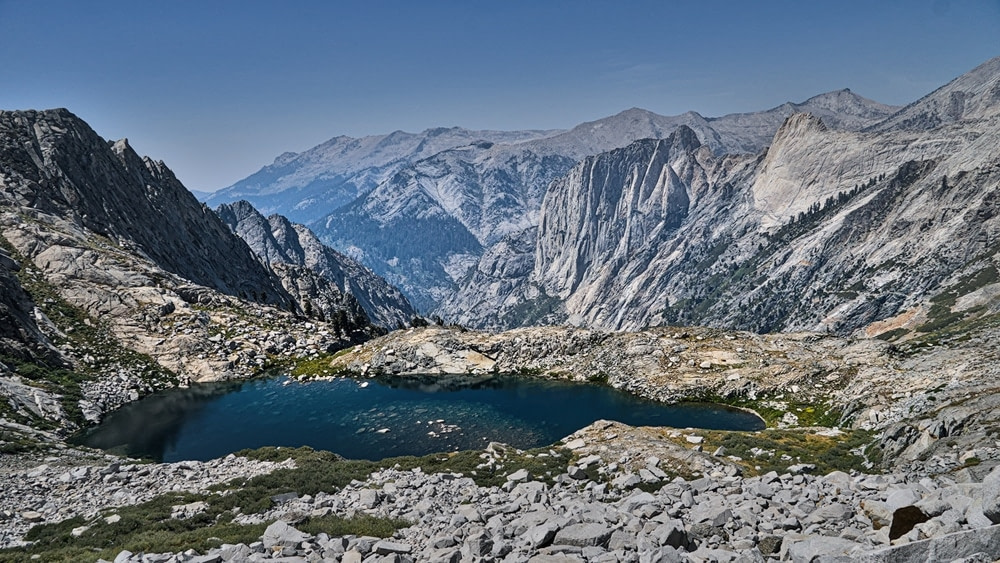
A 72 mile (116 km) route crossing Sequoia National Park from Crescent Meadow to the summit of Mount Whitney. Less crowded than the John Muir Trail but just as scenic, with deep canyons, alpine lakes, and a dramatic finish at the highest point in the continental U.S.
Hikes in Europe
For Kilimanjaro climbers looking to level up, Europe delivers. These treks offer long distances, big elevation gains, and sustained time in rugged terrain. You’ll move through alpine passes, glacier-fed valleys, and high ridgelines often across multiple countries. These are serious multi-day efforts.
28. GR20, Corsica, France (12–15 days)
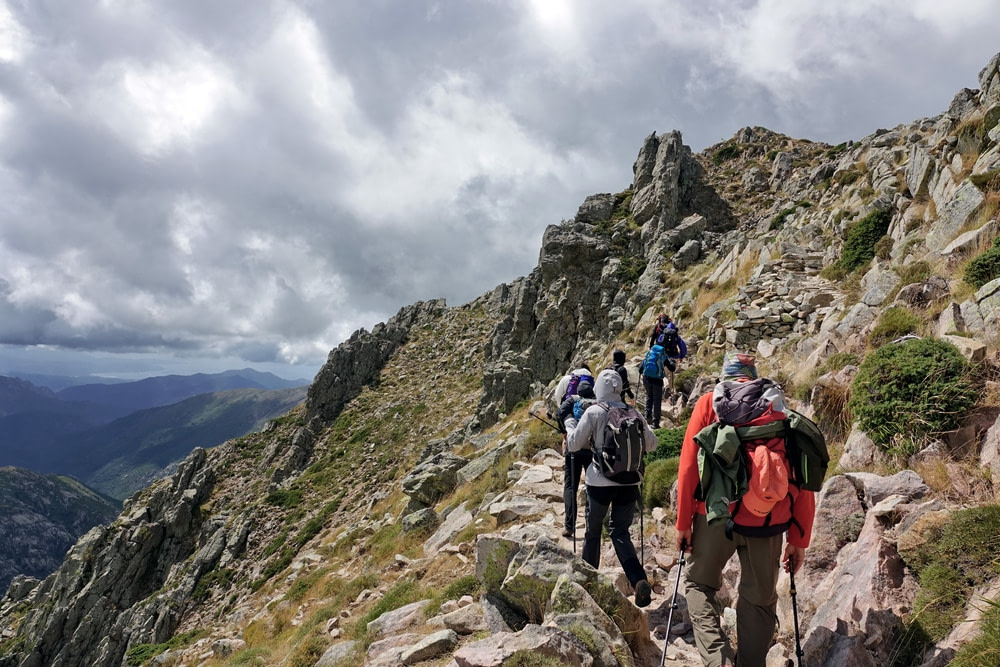
A 112 mile (180 km) traverse across Corsica’s granite backbone. Known as Europe’s toughest marked trail, it’s steep, exposed, and physically relentless. Scrambling sections, loose rock, and big daily elevation gains demand fitness. Huts are spaced for each stage, but terrain and weather make this a serious test for experienced trekkers.
29. Alta Via 1, Dolomites, Italy (8–10 days)
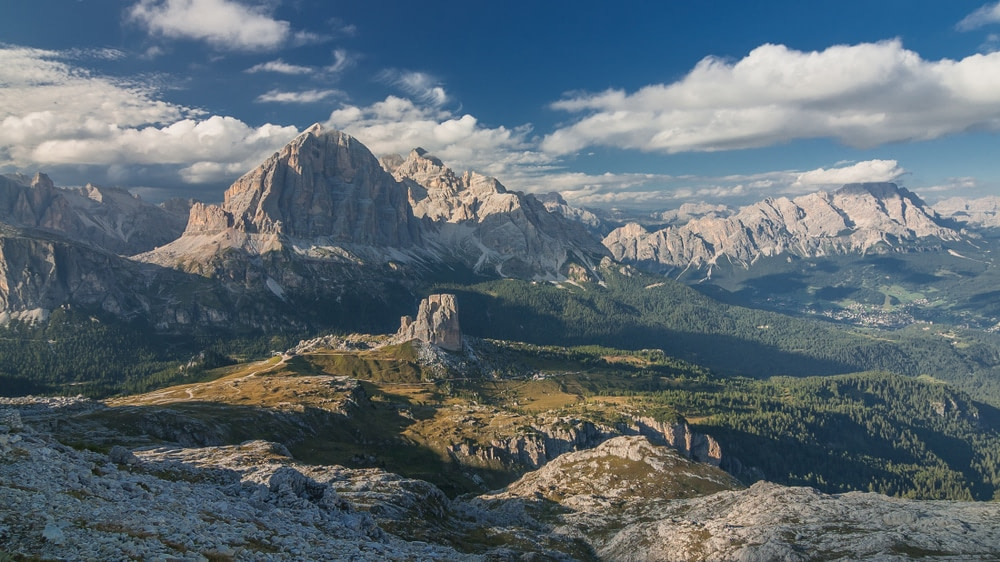
A 75 mile (120 km) high route through the heart of the Italian Dolomites. Expect jagged limestone peaks, exposed trails, and remnants of WWI history carved into the mountains. Refugios offer hearty meals and warm beds each night.
30. Haute Route, France–Switzerland (10–14 days)
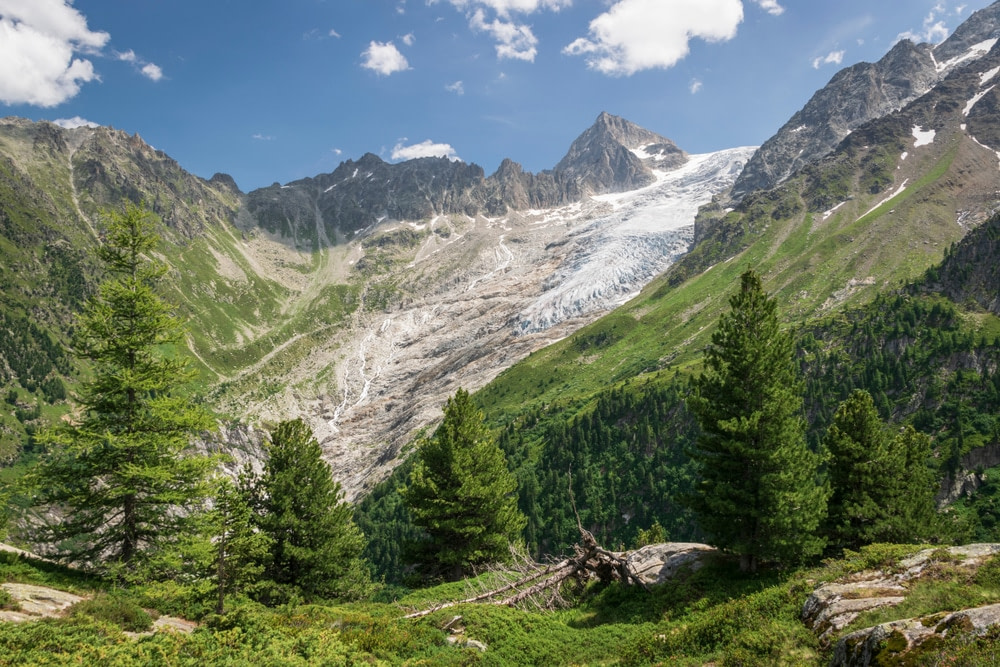
A high-altitude trek from Chamonix to Zermatt, linking Mont Blanc to the Matterhorn. The route crosses multiple alpine passes with sustained elevation gain and sweeping glacier views. Less trafficked than the Tour du Mont Blanc, but with bigger days and more consistent mountain exposure.
Hikes in Canada
Here are the top Canadian hikes offering physical challenge, extended time on trail, and a deeper wilderness experience without technical demands. They’re ideal for building stamina, resilience, and confidence in remote settings.
31. Skyline Trail, Alberta (2–3 days)
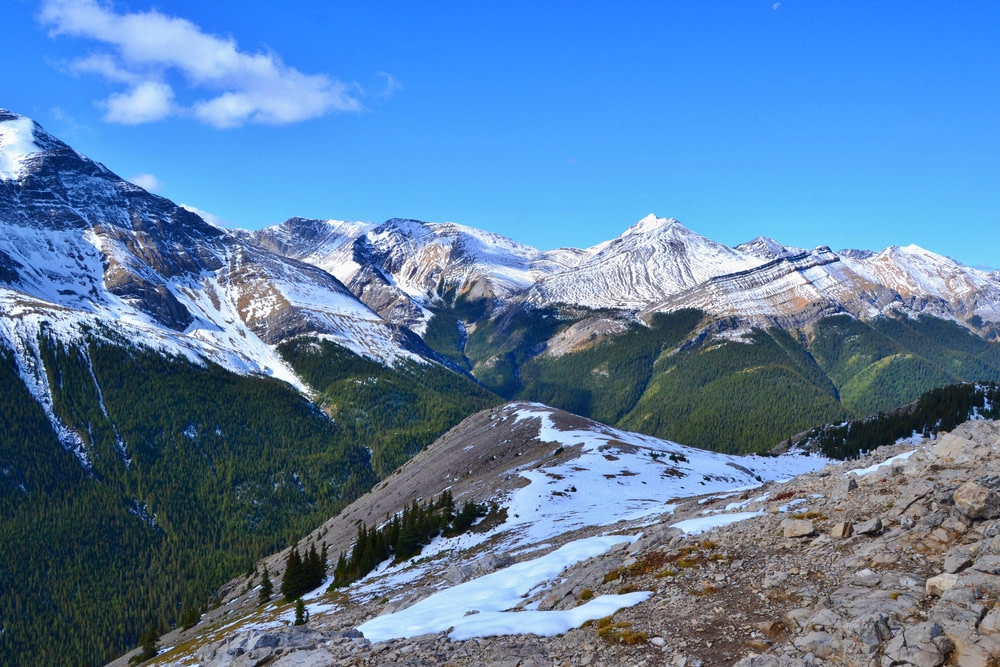
A 27 mile (44 km) route through Jasper National Park, with over half the trail above treeline. Long ridgeline stretches, variable weather, and steady elevation changes make it an excellent entry into multi-day alpine trekking. Scenic, straightforward, and a solid next step after Kilimanjaro.
32. West Coast Trail, British Columbia (6–8 days)
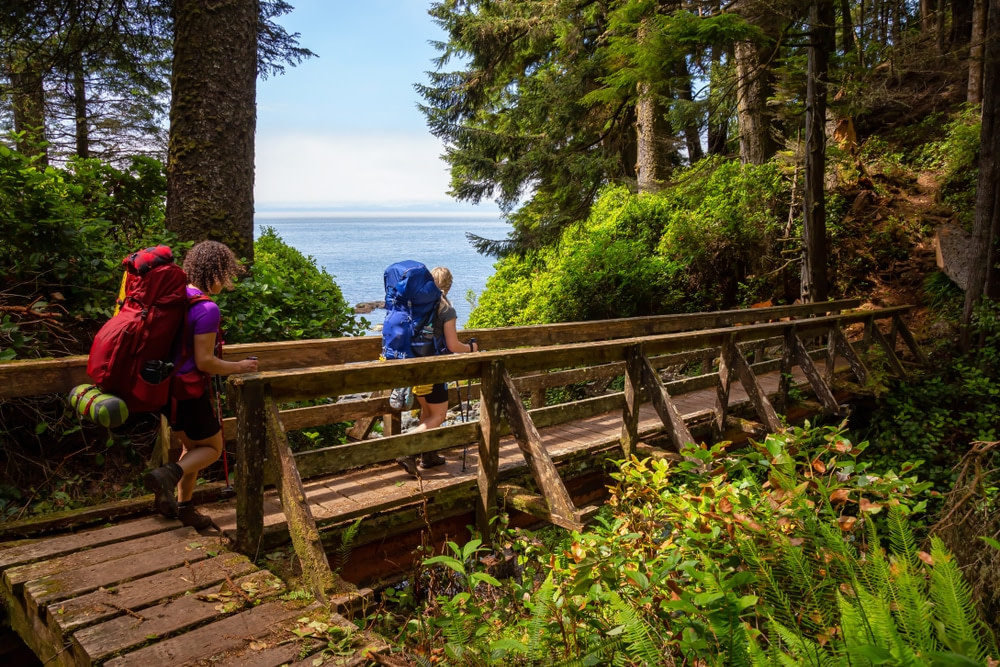
A 47 mile (75 km) coastal route along Vancouver Island’s wild west coast. Expect ladders, cable cars, tide timing, deep mud, and slippery boardwalks. It’s Canada’s most iconic backpacking route and one of its toughest.
33. Rockwall Trail, British Columbia (4–5 days)
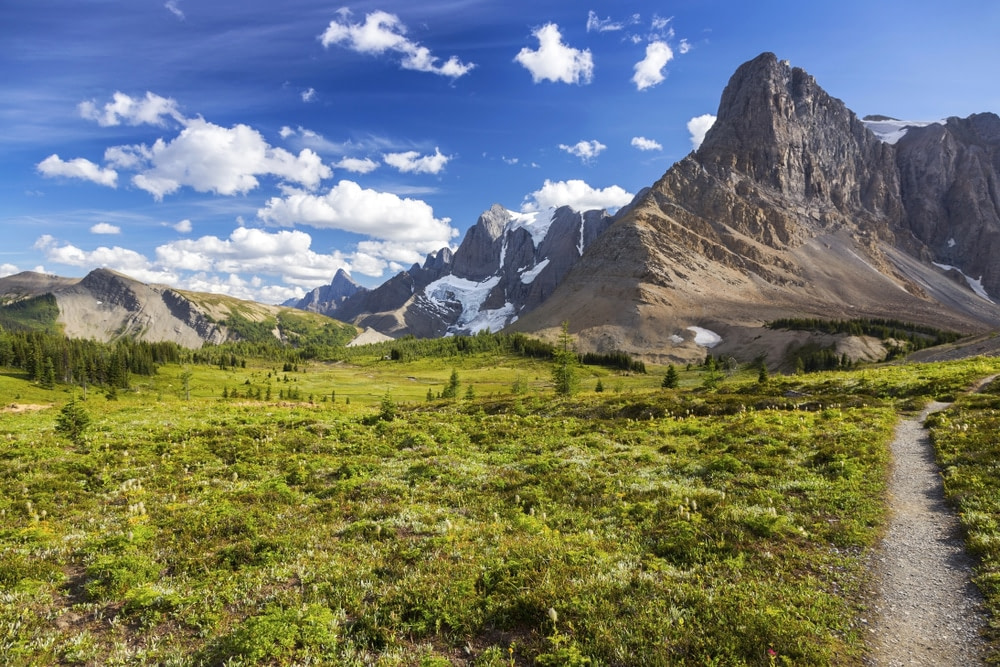
A 34 mile (55 km) loop through Kootenay National Park, passing beneath towering limestone cliffs and across alpine passes. Less technical than the West Coast Trail but still demanding. A strong follow-up for those building backcountry experience.
Hikes in Oceania
For clients based in Australia or New Zealand, these hikes keep your Kilimanjaro momentum alive without long-haul travel. Note that New Zealand’s Great Walks (Milford, Routeburn, Kepler, Tongariro, and others) are spectacular and worth doing, but they are well-graded, heavily maintained, and supported with hut reservations. We left them off to highlight other routes that push skills.
34. Overland Track, Australia (5–7 days)
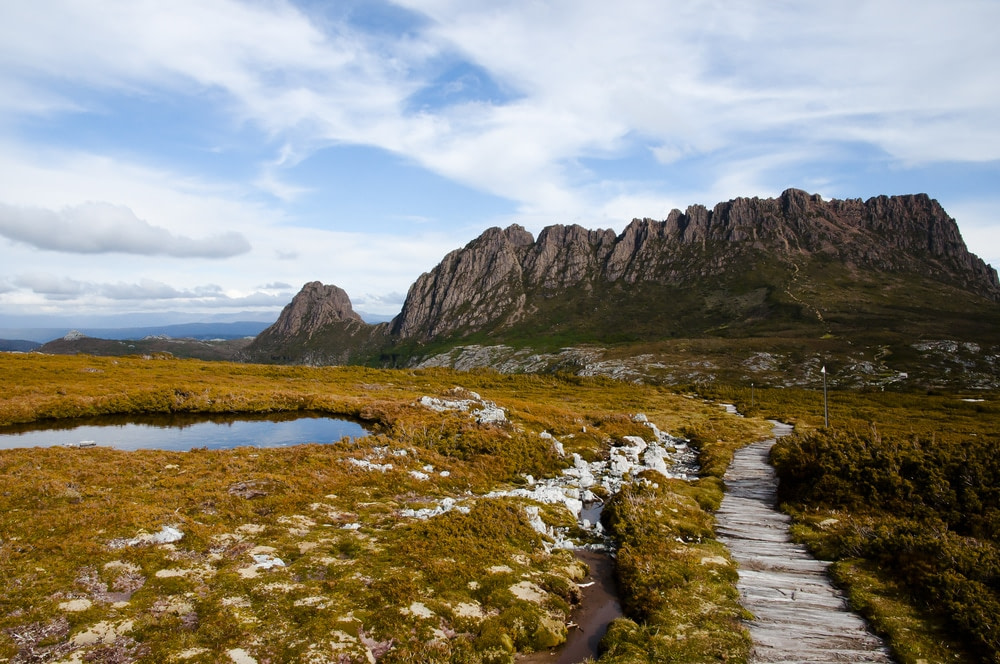
A 40 mile (65 km) hut-to-hut route across Tasmania’s alpine plateau. The trail climbs through rainforest, past glacier-carved lakes, and offers side trips like Mount Ossa, Tasmania’s highest peak. Not technical, but the sustained effort, exposure, and gear logistics make it a proper step up from Kilimanjaro.
35. Gillespie Pass Circuit, New Zealand (3–4 days)
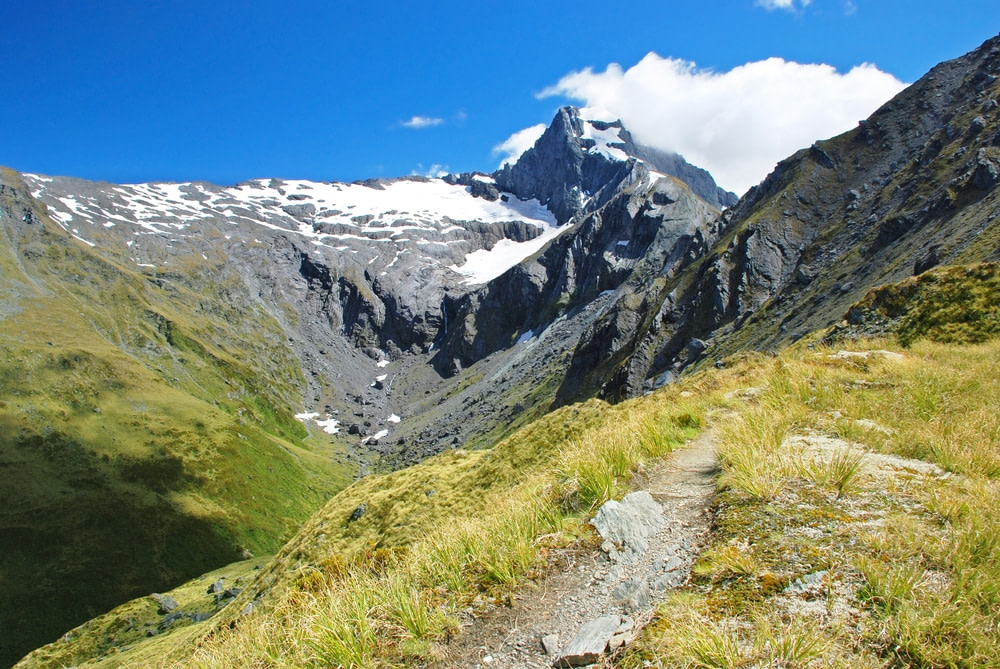
A rugged loop in Mount Aspiring National Park that includes steep alpine climbs, dense forest, and swift river crossings. The 36 mile (58 km) route tops out at Gillespie Pass (5,200 ft / 1,585 m), offering sweeping views of snow-capped peaks.


